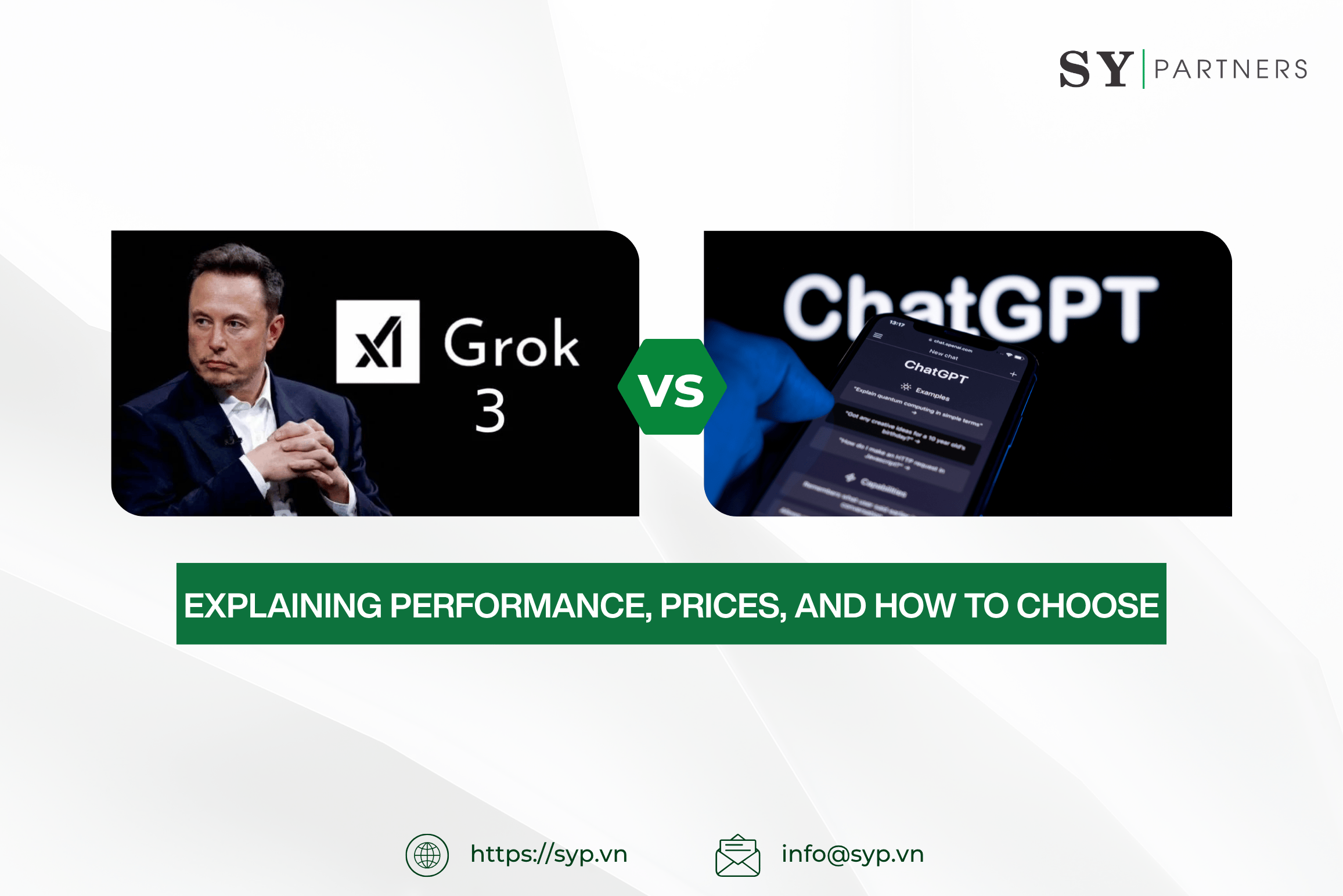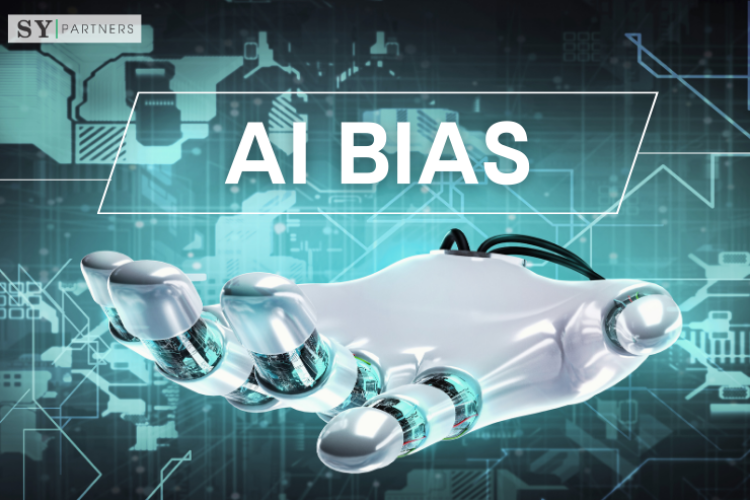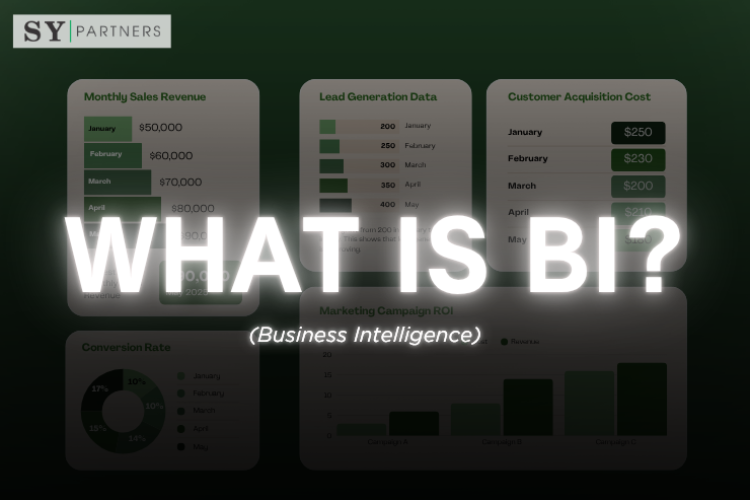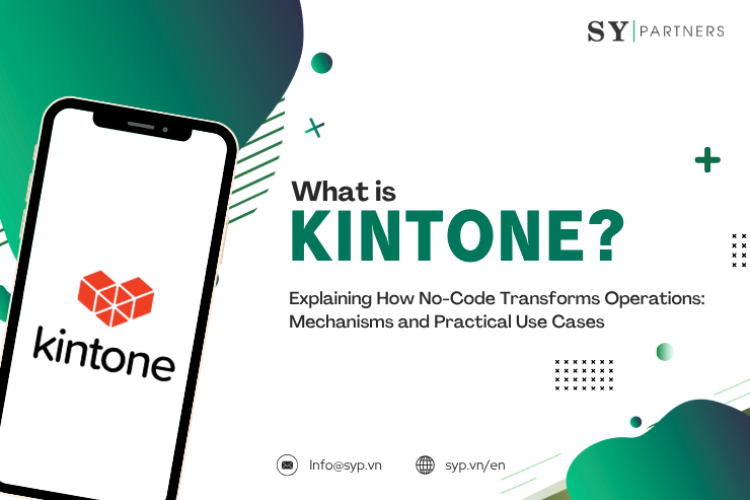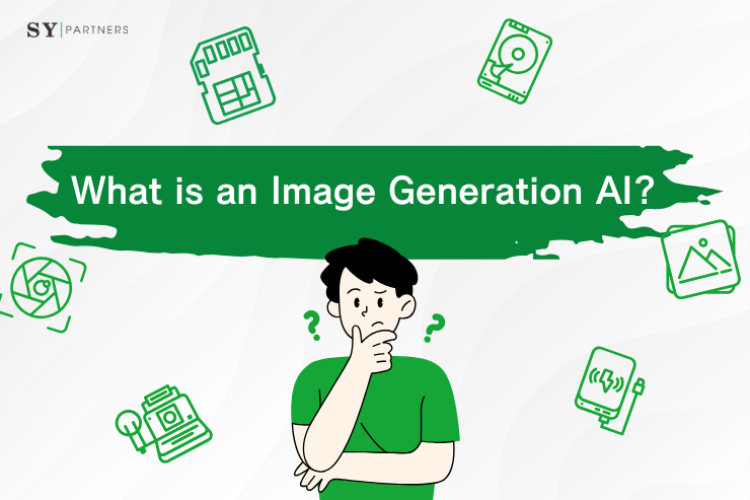Grok 3 vs. ChatGPT: Performance, Pricing, and How to Choose
In recent years, generative AI technologies have advanced rapidly, finding applications across various industries. Among the most notable are OpenAI’s ChatGPT and Grok 3, developed by xAI, the company led by Elon Musk (under X, formerly Twitter). Both are advanced language models in business, development, customer support, and more.
This article offers a comprehensive comparison between ChatGPT and Grok 3 to help you determine which AI model is the better choice based on your needs.
![]()
Key Comparison Summary
| Metric | Grok 3 | ChatGPT |
| Developer | xAI (Elon Musk) | OpenAI |
| Latest Version | Grok 3 | GPT-4 Turbo |
| Real-Time Data Usage | Yes (integrated with X) | Partially limited |
| Sense of Humor | High | Standard |
| Customizability | High (via API) | Available for enterprise users |
| Training Data Scope | Real-time X data | Pre-trained data + limited web search |
| Core Strengths | STEM tasks, technical analysis, and real-time data | Problem-solving, creative writing, and user engagement |
| Performance | 1400 ELO in LMArena, 93.3% on AIME 2025, 1.2x faster coding | Excels in nuanced reasoning and creative tasks |
| Key Features | Think Mode, Big Brain Mode, DeepSearch with live X/web data | Plugin system, DALL·E 3 integration, broad accessibility |
1. About Grok 3
Released in February 2025 by xAI, Grok 3 builds on its predecessor, Grok 2, with a 10x increase in compute power, powered by the supercomputer Colossus. This system leverages 200,000 NVIDIA H100 GPUs, enabling the training of 1.6 trillion parameter models within just 72 hours.
A key innovation lies in its self-evolving learning framework, which blends reinforcement learning with multimodal reasoning. Beyond supervised learning, Grok 3 trains itself in simulated environments to enhance decision-making abilities, shifting from just retrieving information to enabling strategic reasoning.
1.1 Technical Highlights of Grok 3
- DeepSearch Mode: Integrates real-time streams from X and the web using a proprietary algorithm.
- Think Mode: Based on a Neural-Symbolic Reasoning Engine. By hybridising neural networks with symbolic AI, it can visualise reasoning processes using mathematical expressions. In ethics dilemmas, it runs both utilitarian and deontological evaluations in parallel, generating a six-step decision process in 52 seconds.
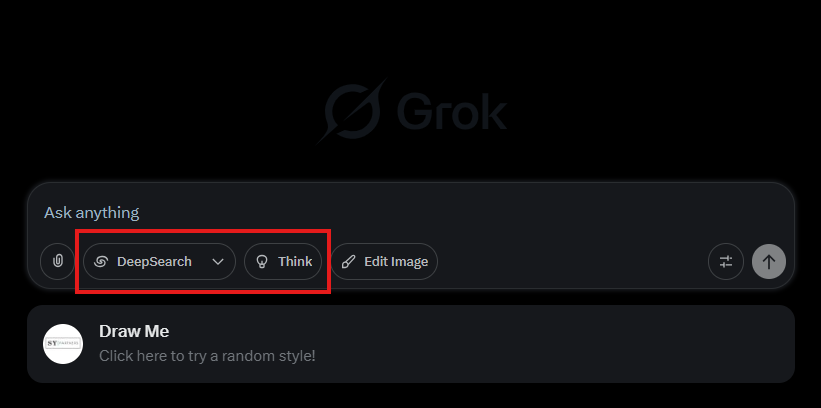
Image credit: SY Partners Inc. – “DeepSearch” and “Think Mode” interfaces
1.2 Core Capabilities of Grok 3
- X Integration: Access to real-time X platform data.
- Advanced Humor: Generates more humorous and casual dialogue than other AIs.
- Developer Support: Highly customizable through APIs.
- Model Architecture: Uses cutting-edge LLMs for rapid responses.
1.3 Pricing
- Free plan available.
2. About ChatGPT
First released by OpenAI in November 2022, ChatGPT evolved from GPT-3.5 to GPT-4o (as of 2025), marking a paradigm shift in natural language processing. The current model boasts 1.8 trillion parameters and multimodal capabilities that handle text, images, audio, and video.
A major milestone came in 2024 with the introduction of the “Omni-Training Architecture,” which uses a unified neural network for processing all data types, tripling cross-modal reasoning efficiency. Integration with DALL·E 3 now enables 4K image generation from text prompts in just 8 seconds.
2.1 Technical Features of ChatGPT
- Search Mode: Uses Bing for a hybrid search. The system adjusts search depth based on query clarity. For example, when searching “AI Ethics Guidelines,” it selects 87 sources, including government documents and academic papers and generates a summary.
- Reason Mode: Powered by a Structured Reasoning Engine, it breaks down complex problems into up to 32 sub-tasks, combining parallel and sequential processing. In coding, it uses backwards debugging for 92% accuracy in fixing suggestions.
2.2 Key Features of ChatGPT
- Advanced NLP: Excellent context understanding and natural conversations.
- Versatile Applications: Ideal for support, content generation, and coding help.
- Enterprise Features: Extensive plugin support and custom models.
- Model Architecture: GPT-4 Turbo offers improved speed and cost efficiency.
2.3 ChatGPT Pricing
- Free plan available, Pro version from $20/month.
![]()
3. Differences Between Grok 3 and ChatGPT
Both models are highly advanced, but their strengths differ. This section focuses on differences in architecture, real-time data handling, and reasoning processes.
3.1 Architecture
The foundational design of each AI affects its performance and domain expertise. Grok 3 and ChatGPT have unique technical approaches, leading to variations in processing speed and task specialisation.
Differences Between Grok 3 and ChatGPT 4.5
Benchmark | Grok 3 Beta | ChatGPT 4.5 (with browsing and tools) | Notes |
AIME*24 (Math) | 52.2% | ~25 –35% | Grok 3 is significantly stronger in math. ChatGPT 4.5 ≈ o3-mini (87.3%) in terms of math capabilities. |
GPOA (Physics) | 75.4% | ~65 – 70% | Grok 3 leads in specialised physics. ChatGPT 4.5 ≈ GPT-4.0 (53.6%) or better. |
LiveCodeBench (Programming) | 57.0% | ~85 – 90% | ChatGPT 4.5 significantly outperforms in coding. Note: GPT-4.0 scored 90.2% in HumanEval. |
LOFT (128k, Large Text Processing) | 83.3% | ~85 – 90% | Both models perform well in long-context reasoning. ChatGPT 4.5 may have a slight edge. |
SimpleQA (Basic Q&A) | 43.6% | ~80 – 85% | ChatGPT 4.5 excels at basic Q&A. Grok 3’s accuracy is notably low. |
MMLU-pro (Advanced Knowledge QA) | ~69.1% | ~92 – 95% | ChatGPT 4.5 handles high-difficulty, domain-specific questions well. Grok 3 is competitive but falls short due to hallucination issues. |
EgoSchema (Commonsense Reasoning) | 74.5% | ~70 –75% | Grok 3 has an edge here. |
MMMU (Multimodal Tasks) | 72.2% | ~77– 82% | Grok handles multimodal tasks decently, but ChatGPT 4.5 performs better overall. |
Chatbot Arena (User Ratings, ELO) | 1042 | ~1377 | Grok 3 ranks lower than ChatGPT 4.5 (data as of May 2025). |
SWE-bench (Software Engineering) | ~60-65% | ~70 –75% | ChatGPT 4.5 performs better. However, Grok 3 is comparable to Claude 3.70 (70.3%). |
3.2 Real-Time Data Capabilities
Grok 3 features a “streaming knowledge graph” directly connected to X’s trend engine. It can begin fact-checking within 2 minutes of detecting breaking tweets. In contrast, ChatGPT’s Bing integration has an average 17-minute delay in trend detection.
In a March 2025 real-time current affairs test, Grok 3 achieved 93% accuracy on Ukraine-related questions, while ChatGPT scored 64%—thanks to Grok’s access to on-the-ground tweets.
3.3 Transparency in Reasoning
Grok 3’s Think Mode breaks down reasoning into 6-step chains with symbolic math and confidence scores, making intermediate steps reviewable.
ChatGPT’s Reason Mode explains thought processes in natural language. It handles tasks like pseudocode → debugging → optimization in three clear phases, but doesn't expose internal numerical logic.
4. How to Choose Between Grok 3 and ChatGPT
Choosing between Grok 3 and ChatGPT is a strategic decision. For finance, media monitoring, and real-time applications, Grok 3 offers unmatched responsiveness and X integration. In contrast, R&D and content teams benefit from ChatGPT’s versatility and maturity in structured reasoning.
A helpful framework is to plot your needs along two axes:
- Freshness of data
- Level of structured processing required
4.1 When to Choose Grok 3
- You need real-time news and data
- Integration with X (Twitter) is critical
- You prefer casual and humorous interactions
4.2 When to Choose ChatGPT
- You need business or academic applications
- You want strong writing and logical dialogue
- You require customization and system integration
Conclusion
Both Grok 3 and ChatGPT have unique strengths:
- Choose Grok 3 for real-time analysis and social media-driven insights.
- Choose ChatGPT for logical reasoning, text generation, and enterprise use.
As both continue to evolve through 2025, the ideal choice will depend on your specific goals. Choose the AI that aligns with your needs to maximise its potential.


 EN
EN JP
JP KR
KR